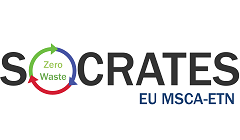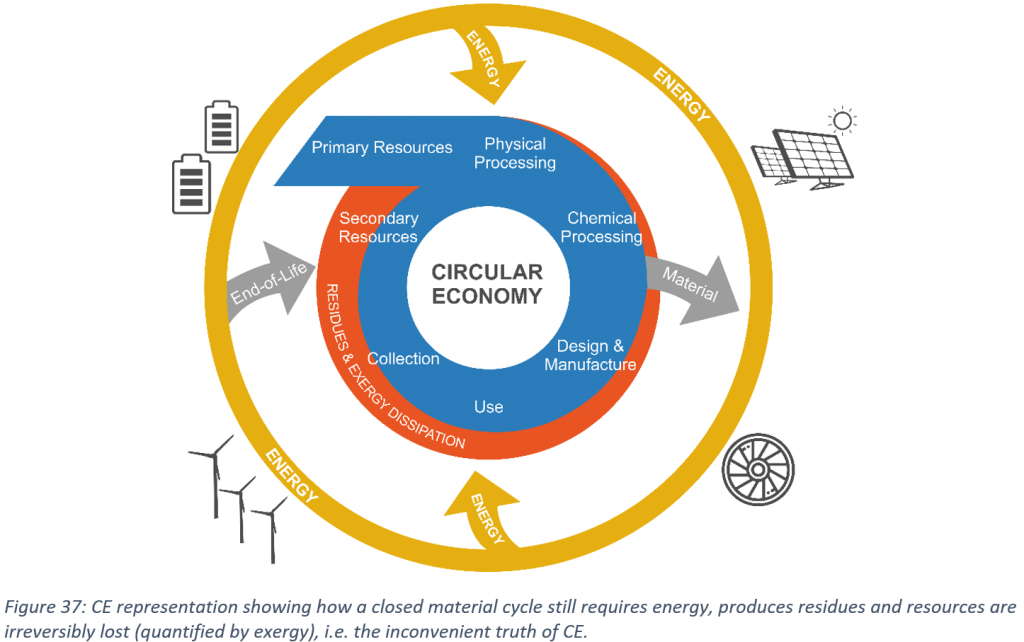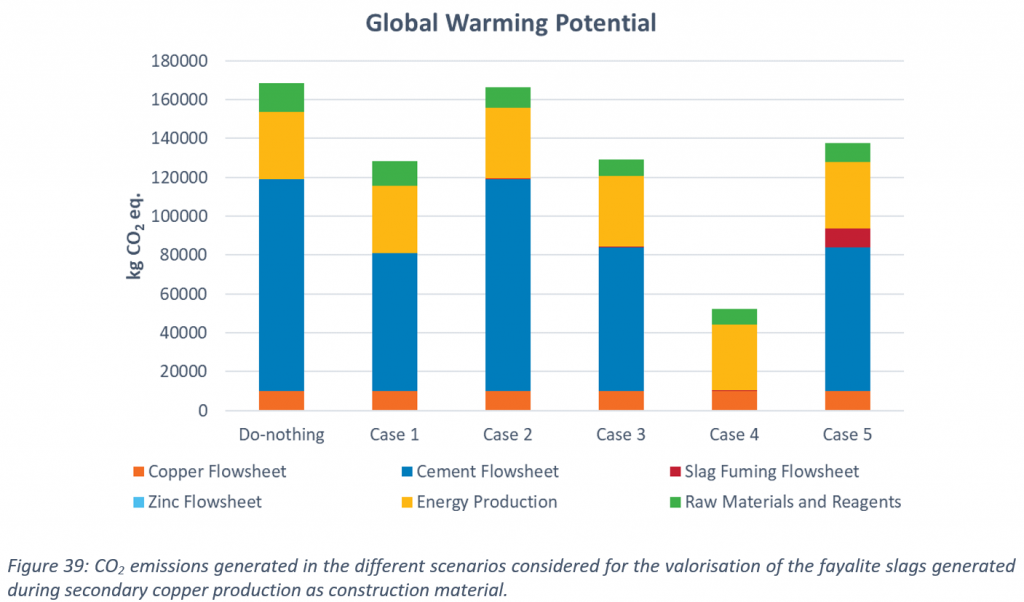
Alejandro Abadías Llamas
ESR15
Freiberg University
I am Alejandro and I was born in a little but amazing village of the north of Spain, Sariñena. I grew up in this marvelous part of Spain, near to the Pyrenees (As you can see into the photo). I was living in Sariñena until I was 18. Then, I left to study in Zaragoza, which is 1 hour away from my village. Living close to my village allowed me to come back every weekend and enjoy it with my family and friends!
I was studying Mechanical Engineering for four years, focusing in thermal energy and fluids systems. As I liked the subjects about energy, I decided to study a Master’s in Renewable Energies and Energy Efficiency at the University of Zaragoza. During my Master Degree studies I felt so interested in the resource efficiency issues, so I did my Master Degree Thesis about this topic.
As my interest in the resource efficiency was growing quickly, I decided to start researching and doing my PhD Thesis about Resource Efficiency in Industrial Systems. Thus, I was doing my PhD Thesis at the University of Zaragoza for one year. However, my supervisor informed me that there were possibilities to join into a European Training Network(ETN) that totally fits with my topic. This ETN was SOCRATES and now I am the 15th Marie Curie fellow of this training network.
Since, February 2017 I am working at Helmholtz Institute Freiberg for Resource Technology and TU Bergakademie Freiberg. My role is to assess the sustainability of the processes that my colleagues are going to design. To meet this goal, I am going to model and simulate these processes and I am going to use “exergy” (Yes, Exergy. It is not a typo!) to assess the resources that will be consumed in these processes. Exergy is a property that measures not only the quantity but also the quality, energy, raw materials and water flows. The advantage is that it can be assessed with the same units, allowing the integration between them. Additionally, the cost of the processes in terms of natural resources will also be assessed. Hence, take care and make your processes as sustainable as you can, I will be watching you!!
If you are interested in my research topic, do not be hesitate and get in touch with me, I will be glad to discuss it. You can contact me at: a.abadias@hzdr.de
Problem statement and objectives
As time goes by, the population on our planet is increasing exponentially. This fact and the necessity of guaranteeing a good quality of life for the humankind are increasing the pressure on the limited resources our planet has. Therefore, a responsible management of these resources is fundamental to the sustainability of our planet and society. Having a more circular economy (CE), i.e. minimizing the residue generation, is one of the most popular solutions to solve the problem of our bad resource management. The resources entering an ideal CE system are not lost since they are fully recovered and used as again as raw materials when their end-of-life comes, which avoid the use of primary resources.
However, the (inconvenient) truth of CE is that a perfect and closed material loop cannot be achieved. During all the stages a resource follows along its life, losses will occur, residues and emissions will be generated and resources, e.g. energy or minerals, will be consumed, some of them irreversibly. Therefore, there will always be a dependence on primary resources as Figure 37 shows, i.e. CE has limits. Despite the residue generation and resource consumption cannot be fully eliminated, these limits can be reduced by improving the resource efficiency of our society.
For this reason, the main objective of this thesis is the development of a simulation-based methodology to quantify, evaluate and optimize the resource efficiency and environmental impacts of CE processes and systems, with a special focus on metallurgical processes as a key element within CE. Additionally, this methodology must provide a set of indicators that will be used to start discussing the sustainability of different alternatives to improve the circularity of our society. Several objectives have been defined within the main target of this thesis:
- Simulation of large-scale metallurgical and CE systems.
- Definition of the simulation-based indicators used for the evaluation of metallurgical and CE systems.
- Exergy as an indicator to complement the resource consumption evaluation.
- Connection of the simulation-based indicators with the sustainability of the system.
For instance, a metal passes through mineral and metal extraction, chemical processing, product design and manufacture, use, end-of-life product collection and reuse/refurbish/repair/recycling.
Methodology
The simulation-based methodology created to evaluate the resource efficiency and environmental impacts of the metallurgical infrastructure is explained step-by-step in this section:
- Digital twin of the metallurgical and CE system using a process simulation tool: A systemic evaluation of metallurgical and CE processes requires a good view of the system. For this reason, simulation tools are used to obtain the required detail.
- Simulation-based indicators obtained from the digital twin: Once the simulation of the system has been performed, indicators for the evaluation of the material recovery and losses, residue generation, emissions, resource consumption and environmental impacts can be obtained.
- Optimization of the resource efficiency and environmental impacts of the system: Once the first evaluation of the system has been performed by using the simulation-based indicators mentioned before, several scenarios considering different operation parameters or process routes can be assessed so that the most resource-efficient and environmentally friendly alternative can be found.
- Effect of the system on sustainable development: The simulation-based indicators obtained for the different alternatives provide an appropriate picture to start finding all the factors affecting its social, environmental and economic impacts so that a first discussion of the sustainability of the different alternatives to improve the circularity of a system can be performed.
Results obtained during the reporting period
The methodology developed in this thesis has been applied to four different metallurgical processes and CE systems to demonstrate how their resource efficiency and environmental impacts can be optimized at the same time that sustainable development is guaranteed. These case studies were selected to cover a big part of the metal value chain, i.e. minerals processing, extractive metallurgy, recycling, residue treatment and symbiosis with other industries. The main results obtained for each case are explained hereunder:
- Copper value chain: The copper value chain was selected as the first case to test the methodology, especially the thermoeconomic calculator developed in HSC Sim to perform exergy calculations. First, the methodology was applied to the extractive metallurgy of copper, from ore to metallic copper, where two scenarios were considered and their resource efficiency and environmental impacts were compared: (i) Conventional primary copper production and (ii) primary copper production without residue treatment processes. Then, the exergy dissipation along the entire copper value chain, i.e. including the production of copper commodities and their recycling process when their end-of-life comes was evaluated.
To perform this evaluation, a big simulation model composed of 14 interlinked flowsheets, 143 unit operations and 582 streams was created, as Figure 38 shows. This model was used to obtain successfully the indicators required to evaluate the resource efficiency and environmental impacts of metallurgical processes.
- Jarosite generation minimization along primary zinc production: The integration of pyrometallurgical flowsheets with the conventional roast-leach-electrowinning process for primary zinc production to minimize the generation of hydrometallurgical iron-rich precipitates has been evaluated. Ten different scenarios including preventive and reactive solutions have been considered to find the most resource-efficient and environmentally friendly alternative to minimize the generation of jarosite residues. Additionally, the impacts of the different solutions on society, environment and economics have been discussed, as well as the trade-offs that may appear have been identified.
- Flotation tailings valorisation: The valorisation of copper flotation tailings as catalysts has been evaluated as one of the flowsheets defined as a result of the work of the ESRs. Three different scenarios were considered: (i) Do-nothing scenario, i.e. flotation tailings are landfilled, (ii) zeolites production from the flotation tailings and (iii) gold extraction and recovery prior the valorisation of the residue as zeolites. Indicators of material recovery and losses, residues and emissions generated, resource consumption and environmental impacts of these three scenarios have been obtained so that their resource efficiency and environmental impacts can be evaluated and the sustainability of the valorisation process of the flotation tailings as zeolites discussed, including the possible trade-offs that may appear.
- Industrial symbiosis between secondary metallurgy and cement production: The integration between secondary copper production and a cement plant has been evaluated as a result of the flowsheets defined in SOCRATES. The main objective of this flowsheet is the valorisation of fayalite slags produced during metallurgical processes as supplementary cementitious material. Six different scenarios have been considered and their resource efficiency, environmental impacts and sustainability has been discussed: (i) Do-nothing scenario, i.e. secondary copper production and cement flowsheet without integration, (ii) integration of secondary copper and cement production but without cleaning the slag, (iii) secondary copper production and slag fuming (plasma) but not integrated with cement flowsheet, (iv) secondary copper production and slag fuming (plasma) integrated with cement flowsheet, (v) secondary copper production and slag fuming (plasma) integrated with the production of inorganic polymers and (vi) secondary copper production and slag fuming (conventional) integrated with cement flowsheet.
The simulation-based resource efficiency and environmental impact indicators were obtained from the simulation of the six scenarios, obtaining the most resource-efficient and environmentally friendly solution. For instance, the CO2 emissions of the six cases are shown in Figure 39.
Conclusions and outlook for further work
The evaluation of the resource efficiency, environmental impacts and sustainability of metallurgical and CE processes requires a good view of the system. A systemic evaluation can be performed by using simulation tools to obtain the required detail as demonstrated in this PhD thesis. Furthermore, the mass, energy and exergy balances provided by the simulation tool can be used to obtain indicators for material recovery and losses, residue and emissions generation, resource consumption and environmental impacts, which provide a good basis to start discussing the resource efficiency and sustainability of different processes or alternatives proposed to increase the circularity of our society. These evaluations are necessary to quantify the sustainability of new metallurgical processes or routes. Therefore, it is expected that this methodology is applied in future to evaluate the feasibility of different processes and projects.




